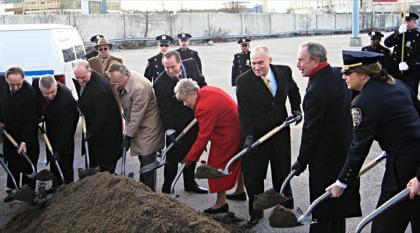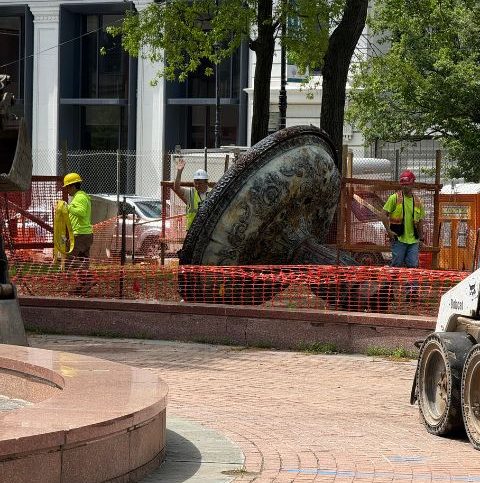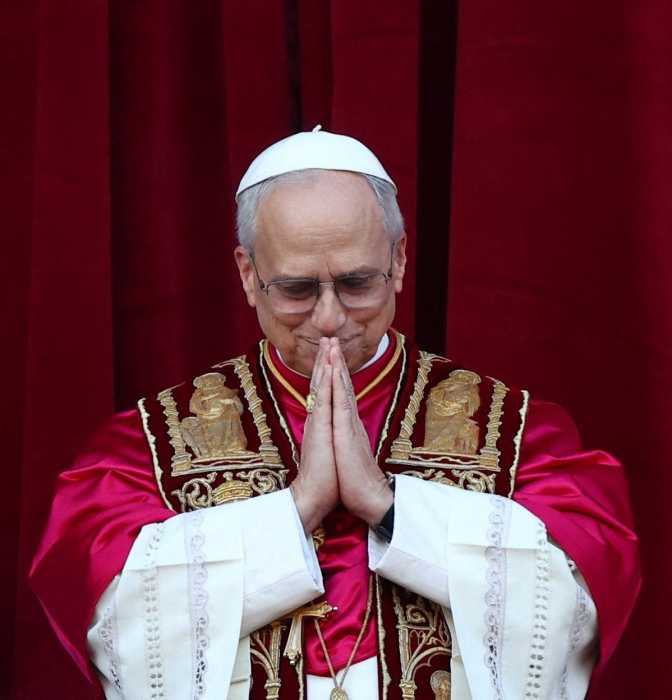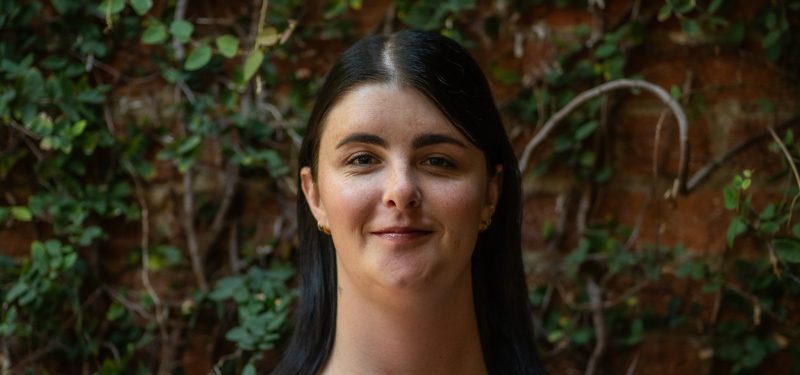By Connor Adams Sheets
Mayor Michael Bloomberg has deflected critics’ concerns that the $1 billion to $1.5 billion the city is spending on the new 3 million square-foot police academy in College Point is not the best use of funds in the depressed economy.
He said the city still has money for vital projects such as this one and city finances have not been as eviscerated by the whims of the economy as the state’s budget has been.
He also said that though the facility may cause traffic and headaches in the short term for College Point residents, in the long-term it will be a net positive.
The project will include the construction of a 3,000-space parking garage, which should alleviate parking problems, he said. The mayor also said it will bring thousands of jobs and increased customer bases for nearby businesses, a sentiment that Borough President Helen Marshall echoed.
“In addition to providing an increased police presence in this community, it will create construction and permanent jobs while increasing local business activity and growth,” Marshall said.
Bloomberg, Marshall and a host of city, police and Queens leaders ceremonially broke ground Wednesday on the new academy at the site in College Point, speaking to its virtues and shoveling dirt as a metaphor for the start of work on the facility.
The windswept event marked the symbolic beginning of construction of the $750 million first phase, expected to be completed in 2013, of a facility the city has pursued since the late 1980s, when “Johnny Carson still hosted ‘The Tonight Show’ and no one had ever heard of a MetroCard,” as Bloomberg pointed out during his remarks.
In 1964, when the current academy was built in Manhattan, the New York Police Department had 27,000 officers and a much narrower scope of operations than today’s force, whose 35,000 officers tackle new threats such as terrorism.
The new police academy will be able to accommodate two classes of nearly 2,000 recruits each year, a number that will accommodate the great demand for positions the department has seen in recent years, according to Police Commissioner Ray Kelly. The current police class in the “severely overcrowded” Manhattan facility, as Bloomberg described it, has under 200 recruits.
“As the Police Department has grown, so have the complexities of our mission,” Kelly said. “The new police academy will serve as a instruction site for generations of police officers, traffic agents and school safety agents.”
Deputy Mayor for Operations Edward Skyler expressed some doubt about whether the city will be able to complete the project’s second phase, saying “we hope [it] will still happen,” but Bloomberg cast them aside in follow-up remarks.
“It’s way down the road, but I assume the economy will be doing better” by the time Phase 2 construction is ready to begin, Bloomberg said. “Long before 2013 you would expect us to be moving forward on the second part — that would be moving the gun range and driving training and those things here.”
The academy site, bounded by 31st Avenue, College Point Boulevard, 28th Avenue and Ulmer Street, will bring NYPD programs such as emergency vehicles and firearms training into one location with 250 classrooms, a field house, a tactical village, facilities to mimic prisoner processing stations and a simulated subway station to permit training in biological, chemical and radiological attacks.
Reach reporter Connor Adams Sheets by e-mail at csheets@cnglocal.com or by phone at 718-229-0300, Ext. 138.

































